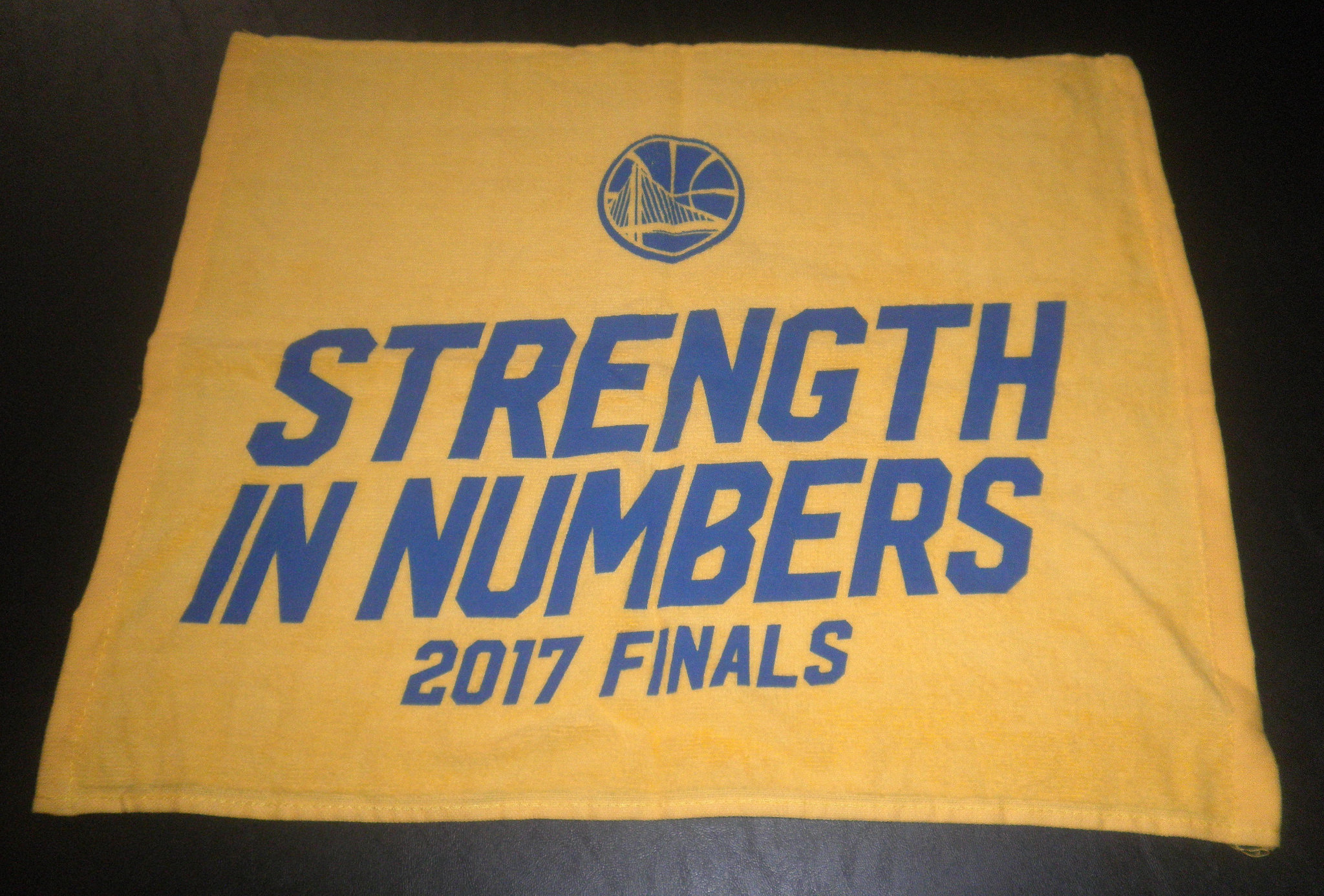
NBA
PER, The Magic Number To Quantify NBA Greatness
Analytics have become the way we measure an athlete’s performance. In the NBA, the primary metric used is John Hollinger’s Player Efficiency Rating (PER). PER is a rating of an NBA player’s per-minute productivity. It is a comprehensive rating system comprised from a detailed formula which computes a player’s contribution into one number.
The primary metrics measured for PER consists of Games Played, Minutes Per Game, True Shooting Percentage, Assist Ratio, Turnover Ratio, Usage Rate, Offensive Rebound Rate, Defensive Rebound Rate, Value Added, and Estimated Wins Added. To qualify, a player must be on pace to play or must have played at least 500 minutes and played at least 6.09 minutes per game.
Theoretically, this number should tell us who is playing at an all-time great level, MVP level, all-star level, starter level, bench level, etc. The league average is set at 15.0. Let us take a look at the top PER performers of the 2017-18 season:
NBA MVP
Considering James Harden won the NBA MVP award this year, it would be difficult to argue the accuracy of PER. The runners up were James and Davis, who held down the third and second spot in PER rankings respectively. It should be noted that in the 2016-17 season, Russell Westbrook led the league in PER (30.70) and guess what, he was the league MVP. Same applied the year before when Curry won the MVP with a score of 31.56. You would have to go to the 2014-15 season to find the last time the player efficiency rating leader did not win the MVP. That year Davis led the league with a PER score of 30.89. He could have arguably won the MVP that year. However, Curry stole the hearts of all NBA fans that year this first of two magical seasons.
Considering the hierarchy of players mentioned above, it is easy to validate the scoring formula devised by Hollinger. It is not a perfect formula as it does not account for defensive specialists who don’t contribute much to the box scores, but it does help settle arguments about who deserves consideration for being the top players in the NBA, which occur nearly 10 months out of the year. It is also a useful tool for Daily Fantasy Sports players to find player bargains, as player efficiency rating will tell you useful information about low cost players who outperform their DFS cost. All in all, it is a go-to for me, and I wanted to share for novice stat junkies and NBA favorite player defenders around the globe.












